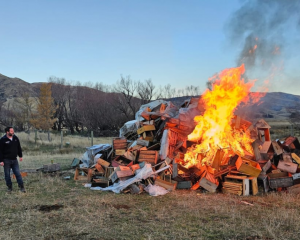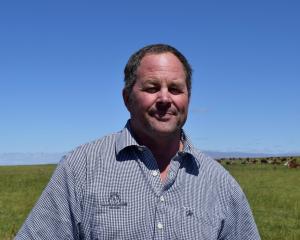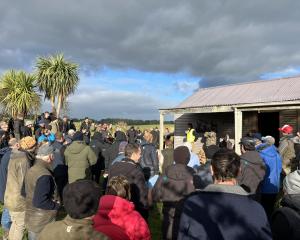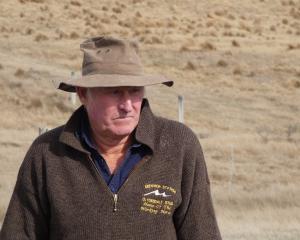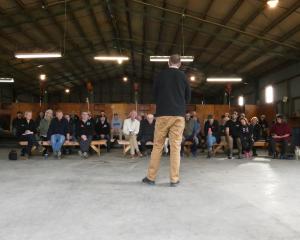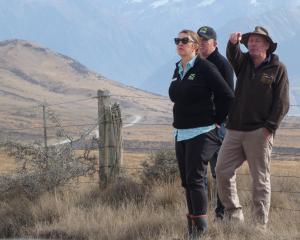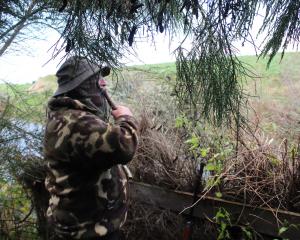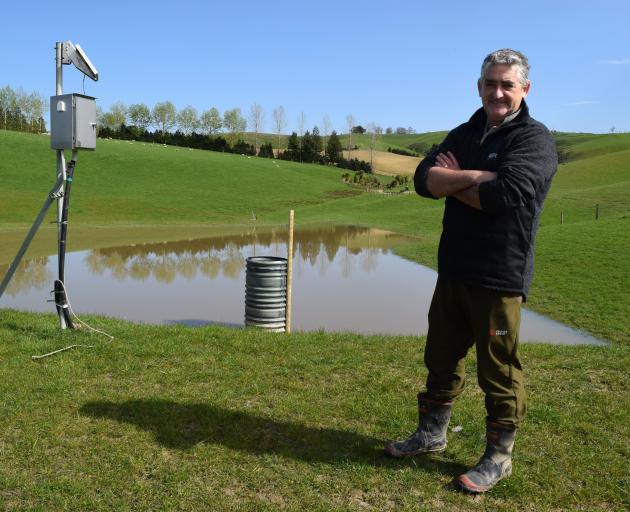
West Otago farmer Al Body is embracing a project trying to find a way to reduce stormwater contaminants entering the Pomahaka River.
The project was designed to find if an embankment to control the flow of stormwater across the clay soil of his hilly more than 380ha sheep, beef and deer farm near Tapanui can reduce contaminants reaching downstream waterways.
Funders for the three-year trial include the Ministry for Primary Industries and the Otago Regional Council.
Construction of the bund cost about $30,000 and the council paid for a third of it.
Mr Body said the bund had been operational since April this year and had a 30ha ponding area, able to hold more than 4000cu m of stormwater.
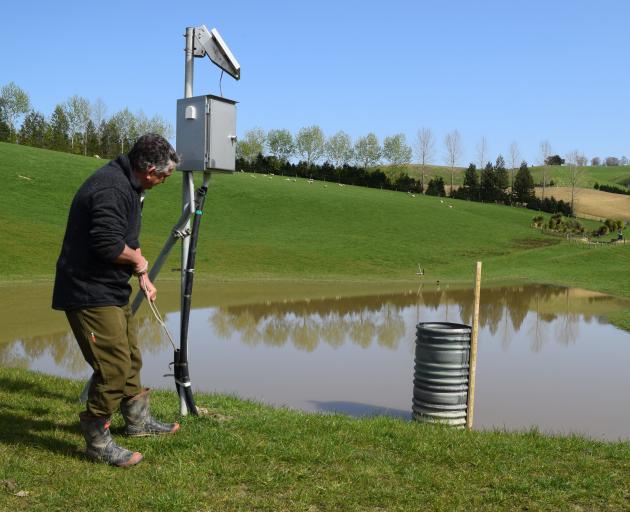
A feature of the bund was a 24m-long and 600mm-wide plastic pipe connecting the pond to weirs, where stormwater samples were automatically collected before flowing on to the river, he said.
The National Institute of Water and Atmospheric Research (Niwa) had been contracted to install the water testing technology to collect up to 24 samples at a time for its scientists to analyse.
He had collected four sets of samples and couriered them to Niwa for testing, Mr Body said.
When Southern Rural Life visited the farm on Wednesday last week, Mr Body was set to empty the pond.
He was emptying the pond because heavy rain was forecast the next day and he wanted it to have the capacity to hold it.
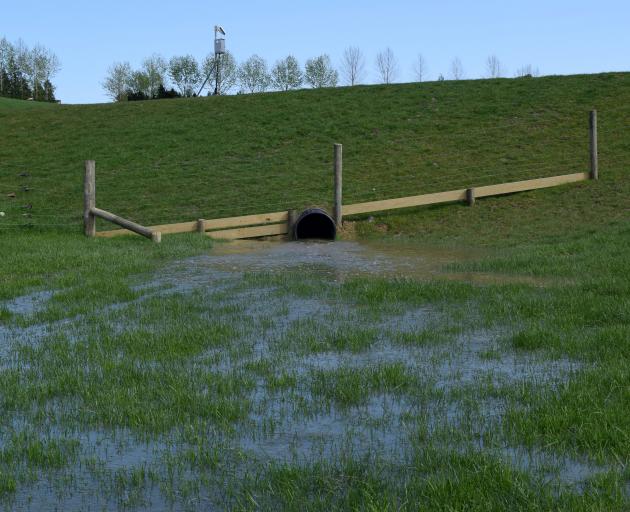
After the pond was empty, he vowed to enter the pipe and repair the leak.
He had been discovering ways to "fine-tune" the operation of the bund, he said.
"Every time you have a cock-up, it creates a learning for the next person."
He had been inside the pipe before doing concrete work.
"I got stuck there and I had to back out 24 metres, which wasn’t much fun," he said, laughing.
Another learning was when heavy rain and snow events hit back to back earlier this year.
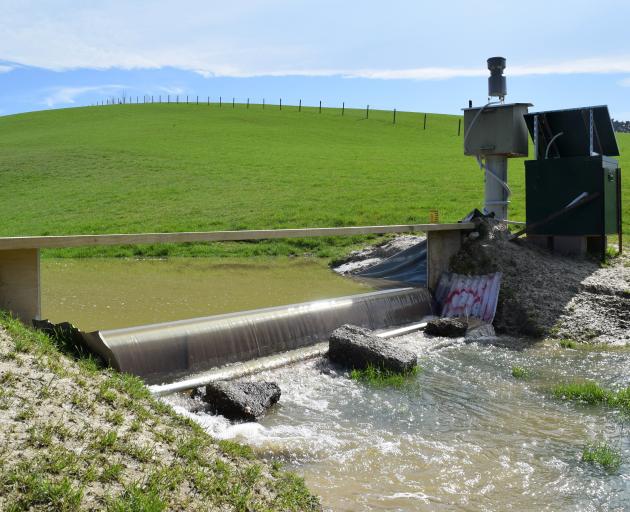
Consequently, a digger had been booked this week to do work to ensure any future overflow was diverted away from the driveway.
To empty the stormwater pond, he pulled a rope to open a slide valve in the pipe.
He had seen valves made from road cones but he made his from two plastic chopping boards.
"I wanted something a bit more sophisticated."
Once the pond drained and the ground was dry, his sheep would graze the area.
Unlike a wetland or riparian planting, a bund did not result in any loss of land or production.
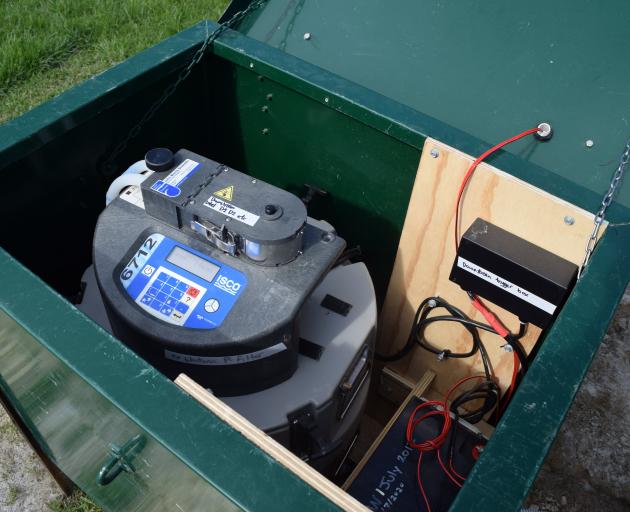
The motivation to give his time to the project was he wanted to know if a bund did reduce the amount of stormwater contaminants entering waterways.
"If they work, it’ll be good to know. I don’t get paid but I hope there will be a box of Corona coming at some point."
He believed everyone should be putting their hand up for any trial work which could be beneficial for everyone.
If the bund proved to be effective, he would get his farm mapped by drones to find suitable areas to build more bunds, at his own expense.
The bunds would join other environmental projects on his farm, which include riparian planting, fencing waterways and "retrofitting" native forestry.
Managing the national bund project is geologist John Paterson, who was born and raised in East Chatton near Gore and now farms deer and sheep in Rotorua.
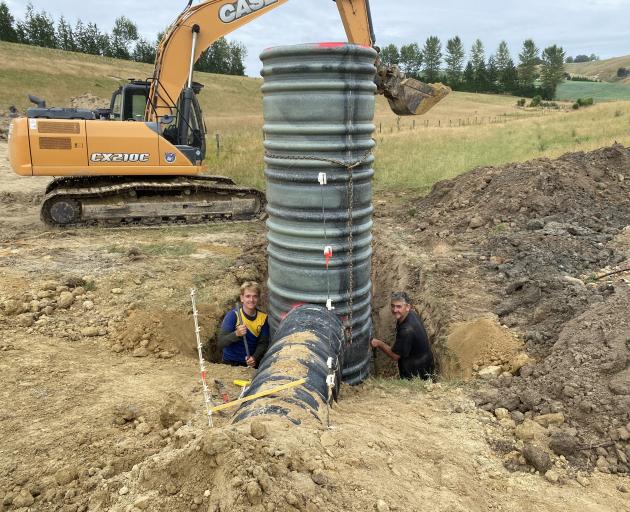
Mr Body was a "big asset" to the project, he said.
"He has been so helpful and been getting his hands dirty with the trial work."
The main funder of the Phosphorus Mitigation Project was the ministry, which had provided more than $2million through its Sustainable Land Management and Climate Change fund.
He praised the council for funding some of the cost to build the bund in West Otago.
The project also had a bund trial on a farm on clay soils near Kaipara Harbour, on the northwestern side of the North Island, Mr Paterson said.
A new bund trial was about to start on a hill-country farm in the King Country.
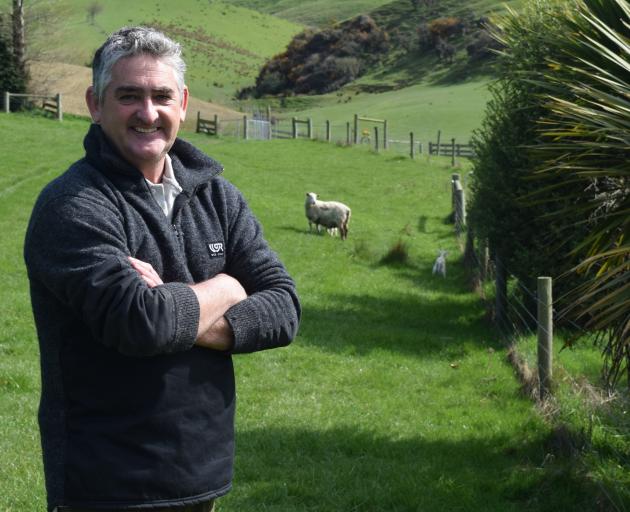
Detainment bunds had been proven to work in the free-draining soil of farms in Rotorua, intercepting about 60% of stormwater contaminants.
For a bund site to be effective, the ponding area of a bund needed to be able to hold a minimum of 120cu m of stormwater per hectare.
If more stormwater could be held in a ponding area, it had the potential to reduce flash flooding and the amount of contaminants entering waterways and increase the resilience of a landscape and replenish aquifers, he said.
A bund was another tool for landholders to improve water quality.
"For everybody’s benefit."


